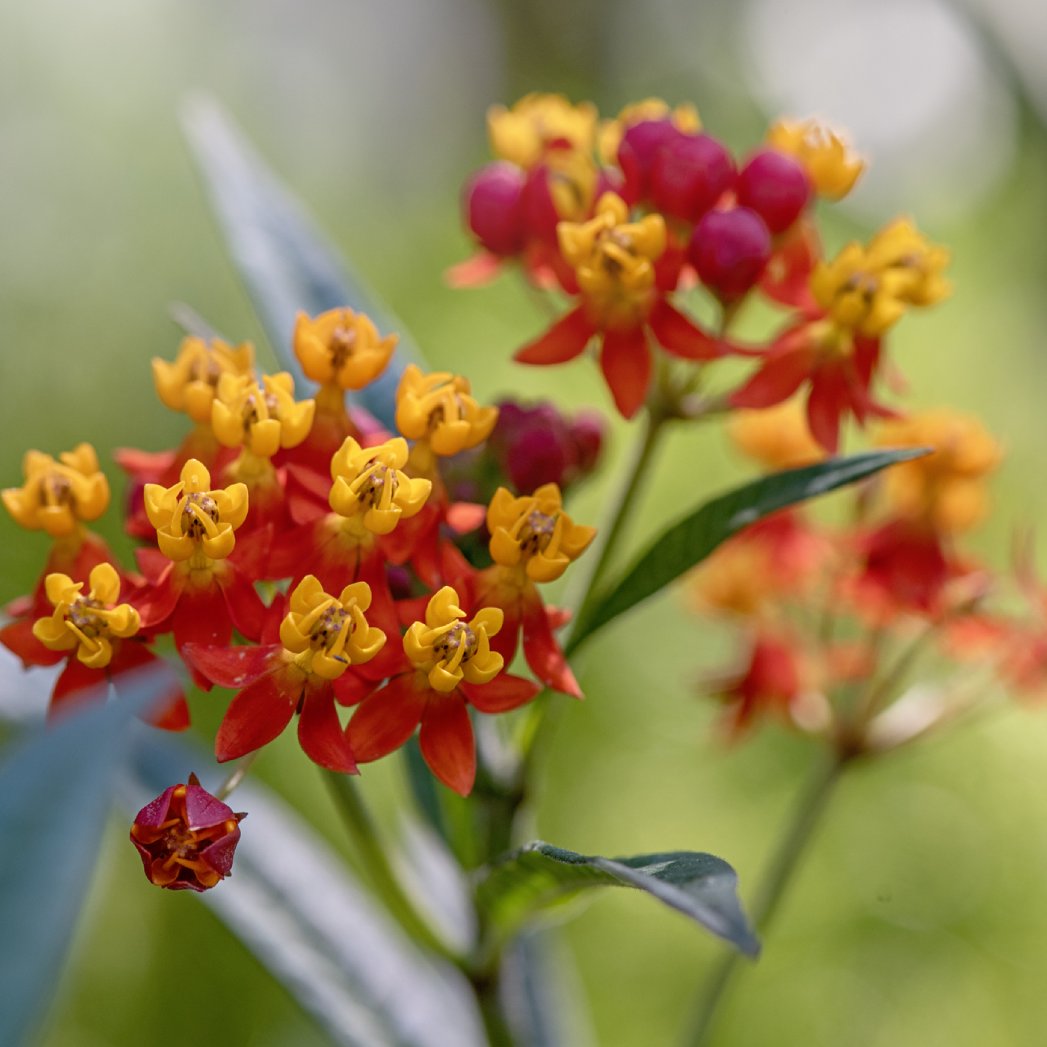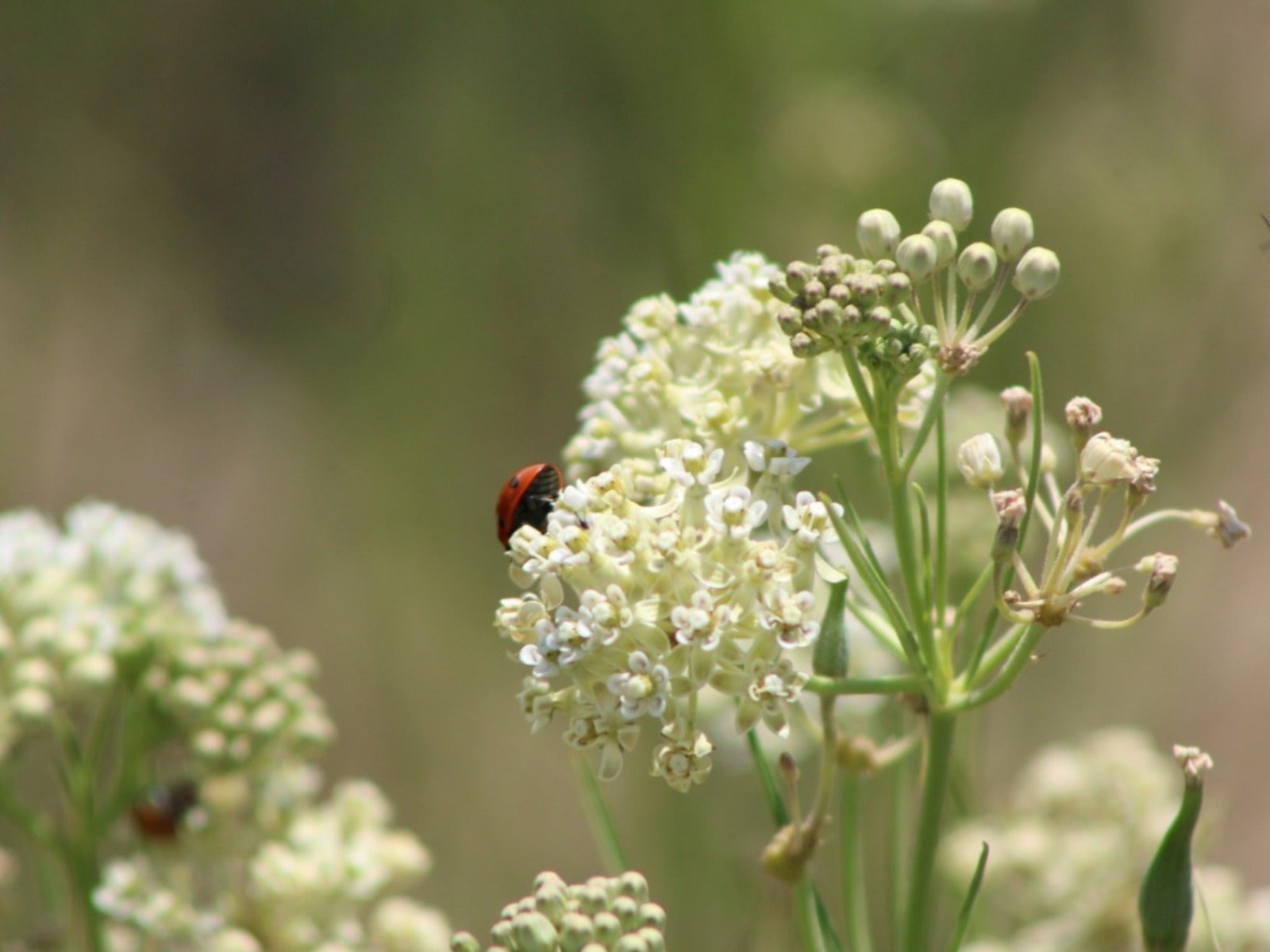Milkweed Pruning Guide: Do I Deadhead Milkweed Plants


We know milkweed is a crucial plant for Monarch butterflies. Growing the plants will attract and feed these beautiful butterflies. You may be asking, “should I prune milkweed?” Milkweed pruning isn’t really necessary, but deadheading milkweed can enhance appearance and encourage further flowering.
Do I Deadhead Milkweed?
Milkweed is a glorious perennial wildflower native to North America. All through summer and into fall the plant is covered with flowers. It is a perfect plant in the native garden or just to colonize a vacant field. The blooms are excellent cut flowers, and in the garden, they are attractive to bees and butterflies.
Deadheading milkweed is not necessary but it will keep the plants looking tidy and may promote further blooms. If you do it right after the first flowering, you can expect a second crop of blooms. Cut the blooms off just above a flush of leaves when milkweed deadheading. This will allow the plant to branch and produce more flowers. Deadheading can also prevent self-seeding if you don’t want the plants to spread.
If you are growing milkweed in zones outside of USDA 4 to 9, you will want to leave the seed heads to mature and reseed the area or, alternatively, cut them off when brown and dry and save the seed to sow in spring.
Should I Prune Milkweed?
In cases where the plant performs as an annual, cut back the stems to the ground in fall and scatter seeds. New plants will grow in spring. Perennial plants will benefit from being cut back in late winter to early spring. Wait until you see new basal growth and cut the old stems back to about 6 inches (15 cm.) from the ground.
Another method of milkweed pruning is to cut the plant back a third of its height. Make cuts just above a leaf bud to prevent unsightly bare stems. This is a really hardy plant in most regions and can withstand rather severe pruning to rejuvenate it or simply get the plant ready for new spring foliage and stems.
Tips on Milkweed Pruning
Note: Some gardeners may find the sap of the plant irritating. In fact, the name refers to the milky latex sap, which can cause skin irritation. Use gloves and eye protection. Use clean pruning tools that have been wiped with alcohol or a bleach solution.
Gardening tips, videos, info and more delivered right to your inbox!
Sign up for the Gardening Know How newsletter today and receive a free copy of our e-book "How to Grow Delicious Tomatoes".
If pruning stems for cut flowers, sear the end with a lit match to seal the cut and prevent the sap from leaking out. If you wait to prune flowers, you can expect ornamental fruit which are also attractive in dried flower arrangements.

Bonnie Grant is a professional landscaper with a Certification in Urban Gardening. She has been gardening and writing for 15 years. A former professional chef, she has a passion for edible landscaping.
-
 Looking For Plants To Give You The Soft And Fuzzies? Try These 5 Fuzzy Leaf Plant Options
Looking For Plants To Give You The Soft And Fuzzies? Try These 5 Fuzzy Leaf Plant OptionsLovers of texture, drama, silver foliage and tactile plants will adore these special sensory garden additions. These fuzzy leaf plant options will leave you all aglow
By Susan Albert
-
 Get Ready For A Summer Of Hummers! Grow These Full Sun Hummingbird Plants and Flowers
Get Ready For A Summer Of Hummers! Grow These Full Sun Hummingbird Plants and FlowersIf you’re lucky enough to enjoy a sunny backyard, make sure you are maxing out on your pollinator opportunities and grow these full sun hummingbird plants and flowers
By Tonya Barnett
-
 Is Tropical Milkweed Bad For Your Butterflies? What You Can Do
Is Tropical Milkweed Bad For Your Butterflies? What You Can DoTropical milkweed is a harmful plant that can trick both humans and monarch butterflies, and is contributing to declining monarch populations.
By Teo Spengler
-
 How To Grow Native Whorled Milkweed In The Garden
How To Grow Native Whorled Milkweed In The GardenWhorled milkweed is beloved by monarch butterflies, but it attracts other pollinators, too. Click to read more.
By Mary Ellen Ellis
-
 Best California Milkweed Varieties For Monarch Butterflies
Best California Milkweed Varieties For Monarch ButterfliesClick here to learn what the best milkweed varieties for California are.
By Teo Spengler
-
 Is Milkweed Plant Poisonous To Pets, People And Livestock?
Is Milkweed Plant Poisonous To Pets, People And Livestock?Butterflies love and depend on milkweed, but the plant is toxic to other animlas. Learn about how to use it responsibly.
By Susan Albert
-
 Growing Showy Milkweed From Seed Or Cuttings
Growing Showy Milkweed From Seed Or CuttingsMilkweed is a valuable addition to gardens as a magnet for butterflies and other pollinators. Plant it from seed or cuttings, but watch out for the sap.
By Tonya Barnett
-
 Milkweed Cutting Propagation: Learn About Rooting Milkweed Cuttings
Milkweed Cutting Propagation: Learn About Rooting Milkweed CuttingsYou may already grow milkweed if you have a butterfly garden. Starting milkweed from cuttings can increase the number of plants you have. For more information, click here.
By Laura Miller
-
 How To Grow Balloon Plants: Care Of Balloon Plants In The Garden
How To Grow Balloon Plants: Care Of Balloon Plants In The GardenLike all members of the milkweed family, the balloon plant is one of the best plants for attracting monarch butterflies. Learn more about adding the balloon plant milkweed species to your garden in this article. Click here for additional information.
By Mary H. Dyer
-
 No Flowers On Milkweed – Reasons For Milkweed Not Blooming
No Flowers On Milkweed – Reasons For Milkweed Not BloomingThe sweet nectar of milkweed blooms attracts a wide variety of butterflies, bees, moths and hummingbirds. However, your dream of a garden filled with beautiful winged creatures can quickly become crushed if your milkweed won’t flower. Learn why this happens here.
By Darcy Larum